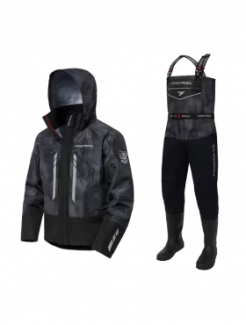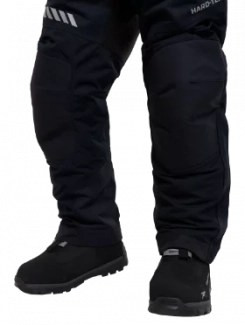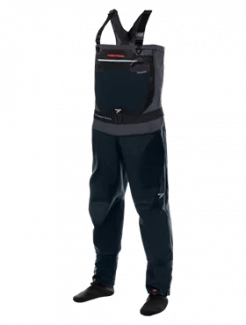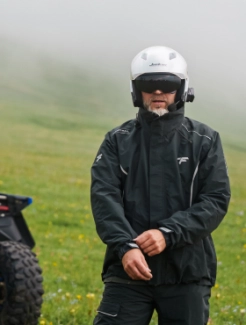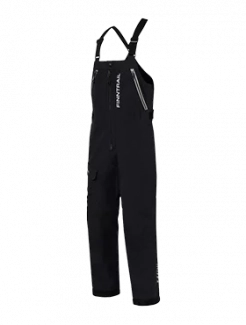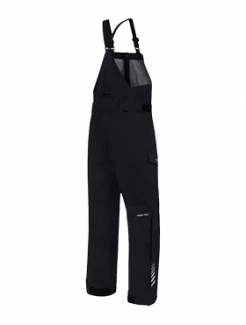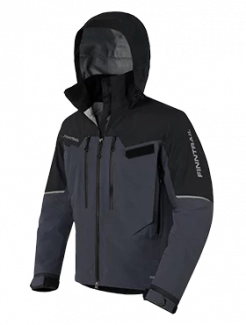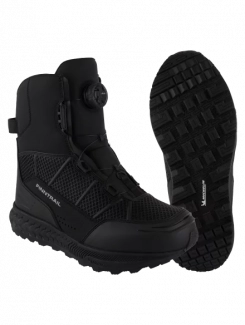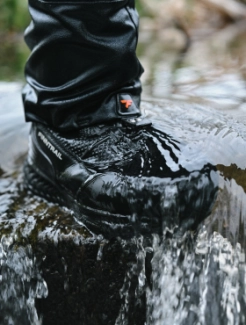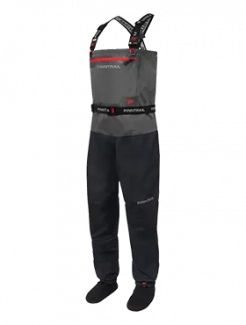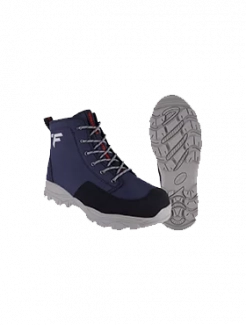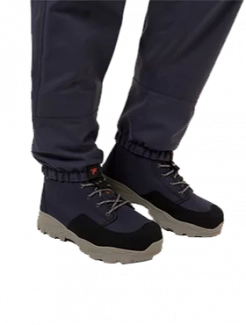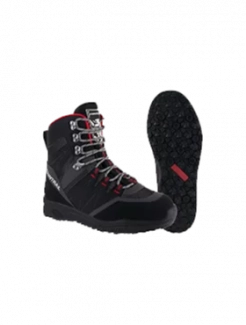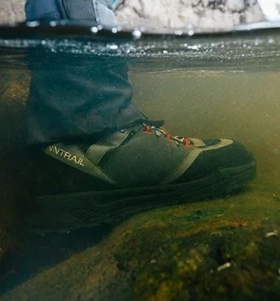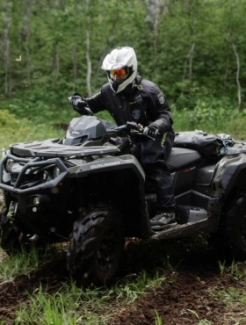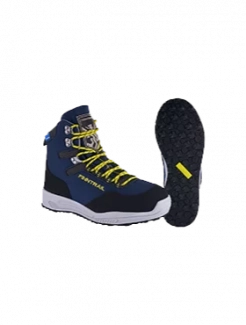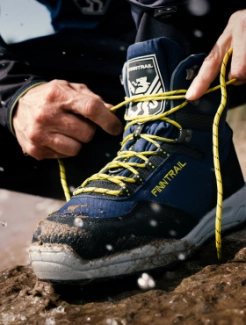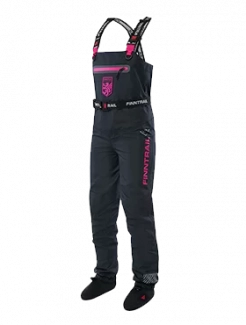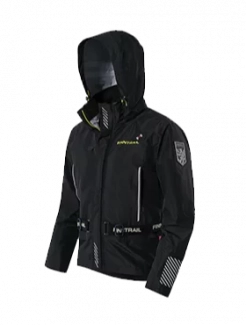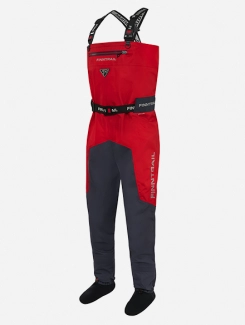How to Detect and Fix a Seized Brake Caliper on an ATV
A seized brake pad caliper is a common issue on ATVs. This is usually a result of a stuck part in the braking system. For example, when you have parked your machine for a long time, the pad can get stuck to the disc, resulting in a seized brake pad caliper.
The good part is that you can fix a seized brake pad caliper on your ATV on your own.
Here is how to go about it:
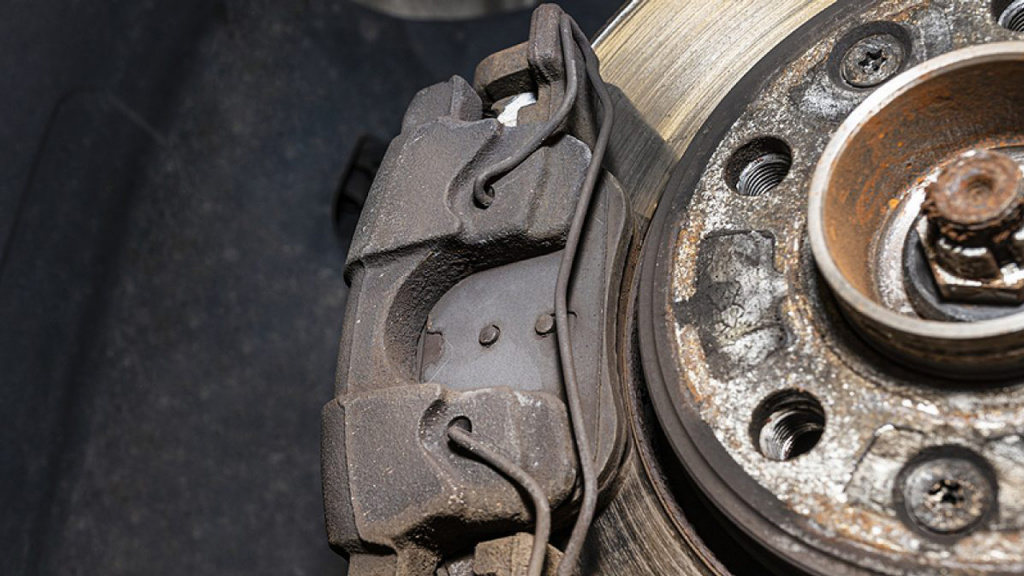
How to Detect a Seized Brake Caliper on an ATV
Before you go on to work on your ATV and fix the brake pad caliper, it is important to know what might have caused your brake pad caliper to seize.
There are a few reasons behind a seized brake pad caliper, and again, it is caused by a faulty part in the braking system. While the brake pads can get skewed, the slide pins can seize, and the risk is even high when the ATV is parked for an extended time.
The best way to know if the slide pins are the culprit behind your seized brake pad caliper is to pay attention to your braking ability. If you experience reduced braking ability on one wheel, your machine suffers from a seized slide pin. You can confirm this if the ATV pulls to the opposite side when you apply the brakes.
Another reason for a seized brake pad caliper is a stuck piston. When the piston or the pad is stuck, the ATV drags along as if the parking brake is engaged. This also pulls the machine to one side when on power, even when the steering bar points straight.
Seized Brake Caliper Quick Fix
There are a few ways to fix a seized brake pad caliper, depending on the cause.
If your brake pad caliper is seized due to a faulty parking brake cable or a skewed pad, lubricating the parts should fix it.
If the pad is stuck to the disc, fix the issue by greasing the edges of the pads. Once you detach the pad from the disc, resurface the disc and replace the pad.
If the issue is caused by a seized caliper piston or slide pin, you need a special tool like a C-clamp to retract the pad. Use the hydraulic pressure of the brake system to remove a piston that has become seized.
Once you remove the brake caliper from the disc, move the piston past the corroded part by pumping the brake pedal. With this done, disassemble and rebuild the brake caliper.
Should I Rebuild Or Replace My Brake Caliper?
Whether you should rebuild or replace your brake caliper depends on your budget, as replacing a brake caliper is costlier than rebuilding it.
However, note that replacing a seized brake caliper is usually the best as it prevents the likelihood of the issue reoccurring any time soon.
Remember, the corrosion that caused the seized caliper is still there even when you have fixed the stuck brake. Hence, changing your brake pad caliper gives you peace of mind, especially if the last one became seized due to slide pins or piston issues.

